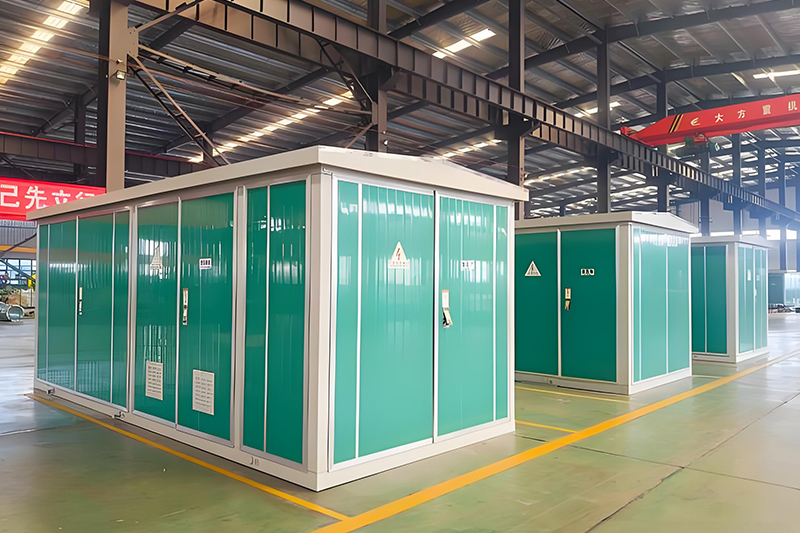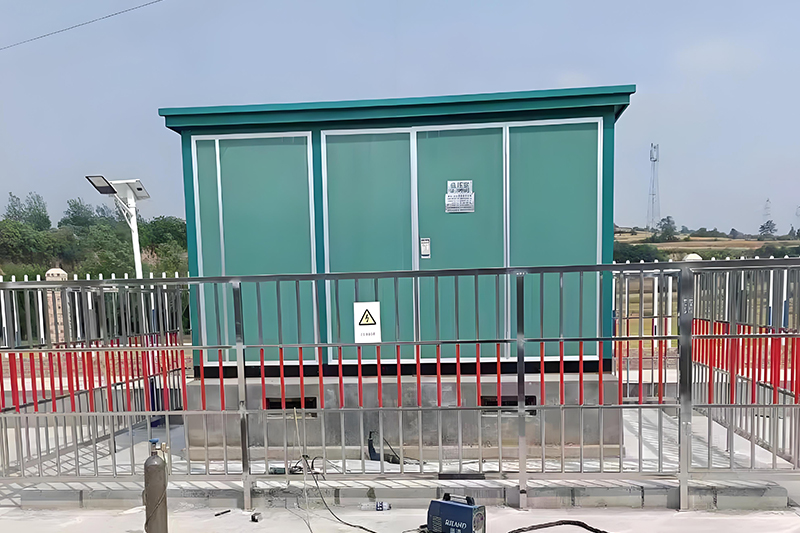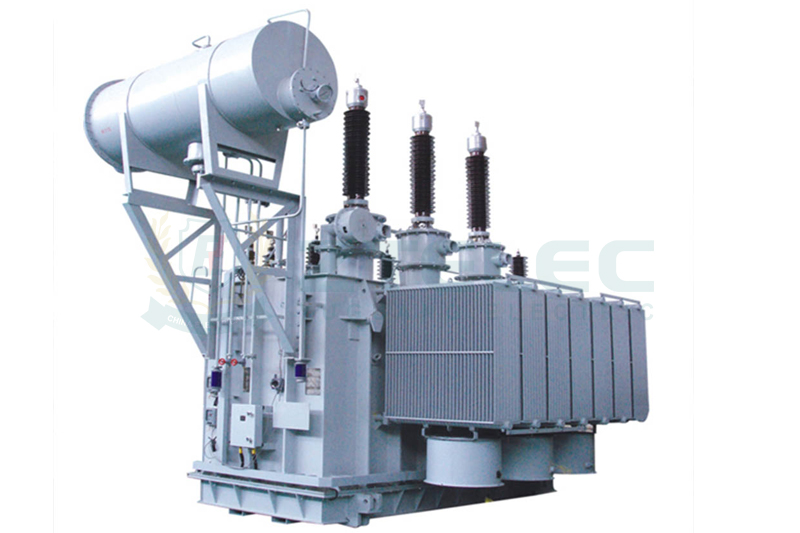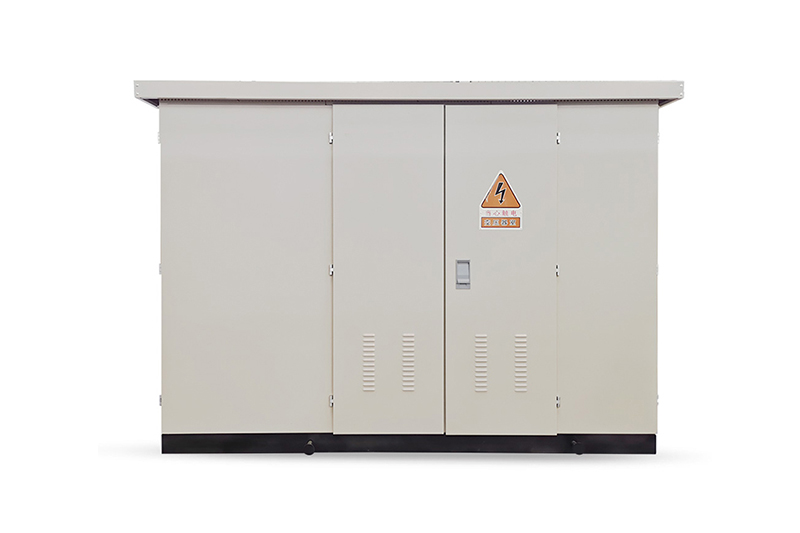2025 European-Style Box-Type Substation Guide: From Design to Installation
Time:2025-09-13 Auther:ZTelec-www.ztelectransformer.com
Pre-Purchase: Requirements Analysis
The first step in purchasing a European-style box-type substation is to clarify requirements and planning details, laying the foundation for subsequent selection and procurement. Determining core parameters such as the high-voltage incoming line voltage (e.g., 10kV or 6.3kV), the low-voltage output voltage, and the required transformer capacity is critical. It is recommended to allow a 15%-20% margin to accommodate future load increases without replacing equipment. Layout and interface considerations include whether the power supply is a ring network or terminal type, the incoming and outgoing line configuration, the number of circuits, and the number of low-voltage outgoing circuits required.
Operating environment analysis is often overlooked but essential. This includes climate factors such as temperature ranges, humidity, altitude, rainfall, and dust levels, as well as special environments like coastal areas, chemical plants, cold high-altitude locations, and high-temperature regions. These factors influence material selection, sealing, and protection levels.
Budget and timeline planning is another key step. Estimate a reasonable budget based on required configuration, and consider the production cycle, which typically ranges from 20 to 45 days for standard packaged transformers. Account for transportation, installation, and commissioning in the project schedule to avoid delays.

Core Technologies of European-Style Box-Type Substations
Technical specifications and design selection directly determine the performance, service life, and cost of a box-type substation. Transformer selection should prioritize energy-efficient models with copper windings for better conductivity and heat dissipation. Choose between oil-immersed and dry-type transformers depending on the operating environment. High-voltage switchgear should use vacuum circuit breakers for arc extinguishing performance and maintenance-free operation. Low-voltage switchgear should include reliable frame circuit breakers and molded case circuit breakers, with sufficient backup circuits. Intelligent monitoring systems must support remote communication, fault alarms, and real-time monitoring of current, voltage, power, energy, and temperature parameters.
The cabinet structure must meet at least IP54 protection rating. Recommended materials include aluminum-magnesium-coated steel or stainless steel for corrosive environments. Enclosure thickness should be at least 2.0mm, with uniform welds, tight sealing strips, anti-theft locks, and corrosion-resistant finishes. Robotic laser welding and full plastic-sprayed finishes provide superior sealing and weather resistance.
Supplier Selection
Selecting qualified suppliers is crucial. Conduct a qualification review including business licenses, ISO9001 certification, type test reports, and power facility installation licenses. Suppliers should provide case studies for similar capacities and environments, and on-site verification is recommended. Bidding documents should list technical specifications, acceptance criteria, after-sales service requirements, payment methods, and delivery dates. Evaluation should be comprehensive, considering technical proposal quality, market reputation, past performance, after-sales service, and financial stability, rather than relying solely on price.

Installation, Commissioning, and Acceptance
Pre-installation preparation includes foundation construction according to manufacturer drawings, ensuring flatness and concrete strength (minimum C25). Ventilation and cable holes must be reserved, and grounding electrodes pre-buried. Foundation level error should be within 2mm/m. Unpacking and acceptance involves checking equipment model, specifications, quantity, and exterior condition, as well as verifying accompanying documents such as certificates, test reports, manuals, and drawings.
Installation and commissioning include hoisting the substation into place using professional lifting equipment, securing it with bolts, and ensuring proper electrical connections by certified electricians. High-voltage connectors must meet specifications, with torque wrench tightening and correct phase sequence. The grounding system must connect all components securely to the main ground.
Commissioning and testing involve insulation resistance measurement with a megohmmeter, verifying functional operation of mechanical interlocks and switches, checking three-phase voltage and current balance under load conditions, and confirming intelligent monitoring system performance. Protection devices such as overcurrent and temperature relays should be tested with simulated fault signals to ensure reliability.
Final acceptance includes collecting and retaining key documents such as as-built drawings, product documentation, installation and commissioning records, test reports, and ground resistance measurements. These records are essential for future operation, maintenance, and troubleshooting.




